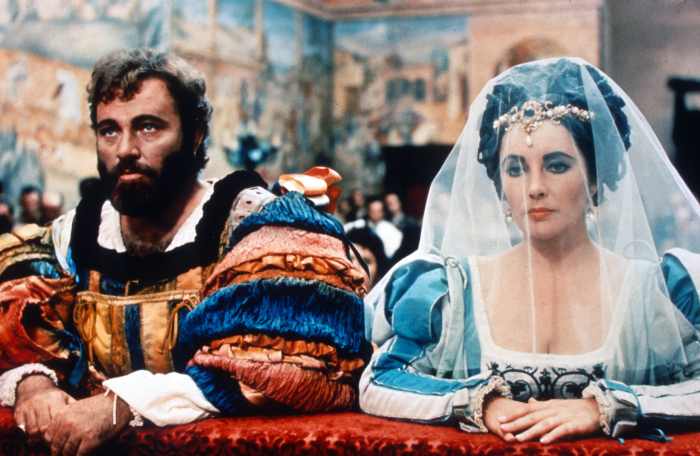The “taming of the shrew kate monologue” in William Shakespeare’s “The Taming of the Shrew” stands as a pivotal moment in literary history, offering a nuanced and provocative exploration of gender roles and societal expectations. Kate’s monologue, delivered with fiery passion and unwavering conviction, challenges the prevailing patriarchal norms of the Elizabethan era and invites us to question the very nature of femininity and submission.
Through an incisive analysis of Kate’s character, the use of language and rhetoric, and the broader cultural significance of the monologue, this essay will delve into the complexities of Kate’s defiance and its lasting impact on literature and popular culture.
Kate’s Character

Before her monologue, Kate is portrayed as a strong-willed, independent woman who openly defies societal norms and expectations. She is known for her sharp wit and fiery temper, which she uses to defend herself against those who try to control or dominate her.
Her monologue reveals her inner thoughts and feelings, showing that she is not as heartless or shrewish as she initially appears. She expresses her frustration with the societal expectations placed on women and her desire for a more fulfilling life.
Gender Roles and Expectations

During the Elizabethan era, women were expected to be submissive, obedient, and chaste. They were expected to marry and bear children, and their primary role was to serve their husbands and families.
Kate’s monologue challenges these expectations by asserting her independence and her right to choose her own path in life. She refuses to conform to the traditional role of a wife and instead demands respect and equality.
Language and Rhetoric
Kate’s monologue is a powerful and persuasive speech that uses a variety of rhetorical devices to convey her message. She employs vivid imagery, metaphors, and similes to create a vivid picture of her experiences and emotions.
Her use of rhetorical questions and direct address engages the audience and forces them to confront the issues she raises. The repetition of certain phrases and ideas emphasizes the importance of her message and leaves a lasting impact on the audience.
Dramatic Impact
Kate’s monologue is a turning point in the play. It marks the beginning of her transformation from a shrewish wife to a more understanding and compassionate woman.
Her speech also influences the other characters in the play. It forces Petruchio to confront his own behavior and to reconsider his treatment of Kate. It also inspires other women in the play to challenge the traditional roles assigned to them.
Cultural Significance: Taming Of The Shrew Kate Monologue

Kate’s monologue has had a lasting impact on literature and popular culture. It has been adapted into numerous films, plays, and operas.
The monologue has also been used to explore themes of feminism, gender equality, and the power of women’s voices. It continues to resonate with audiences today as a powerful statement about the importance of individuality and the right to choose one’s own path in life.
Essential FAQs
What is the significance of Kate’s monologue in “The Taming of the Shrew”?
Kate’s monologue is a pivotal moment in the play, as it reveals her inner thoughts and feelings, challenging the societal expectations for women during the Elizabethan era.
How does Kate’s monologue challenge gender roles?
Kate’s monologue challenges traditional gender roles by asserting her independence, intelligence, and desire for equality in a society that typically marginalized women.
What is the lasting impact of Kate’s monologue on literature and popular culture?
Kate’s monologue has had a lasting impact on literature and popular culture, inspiring feminist interpretations and adaptations that continue to resonate with audiences today.